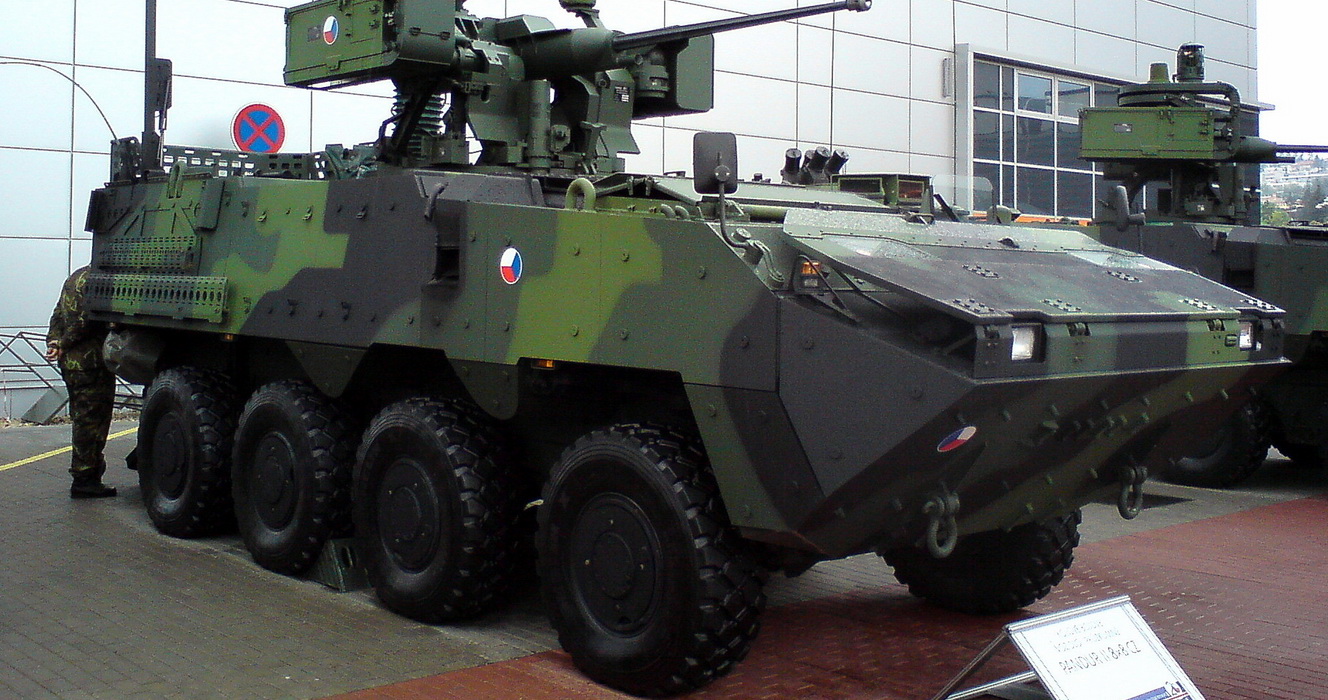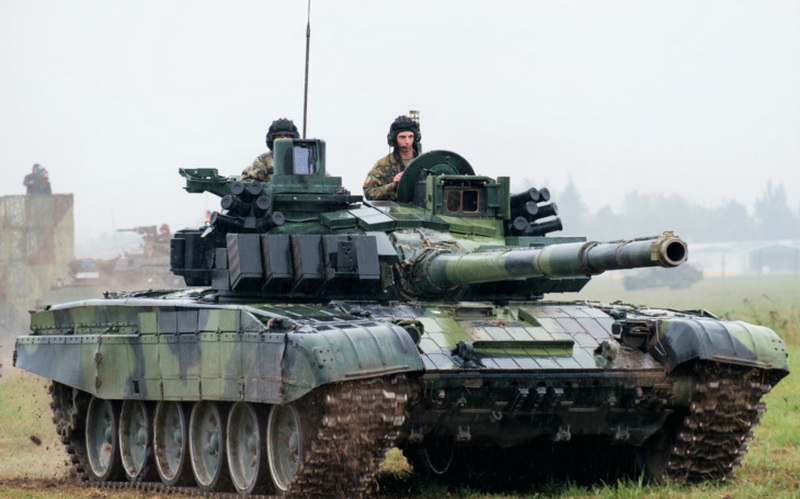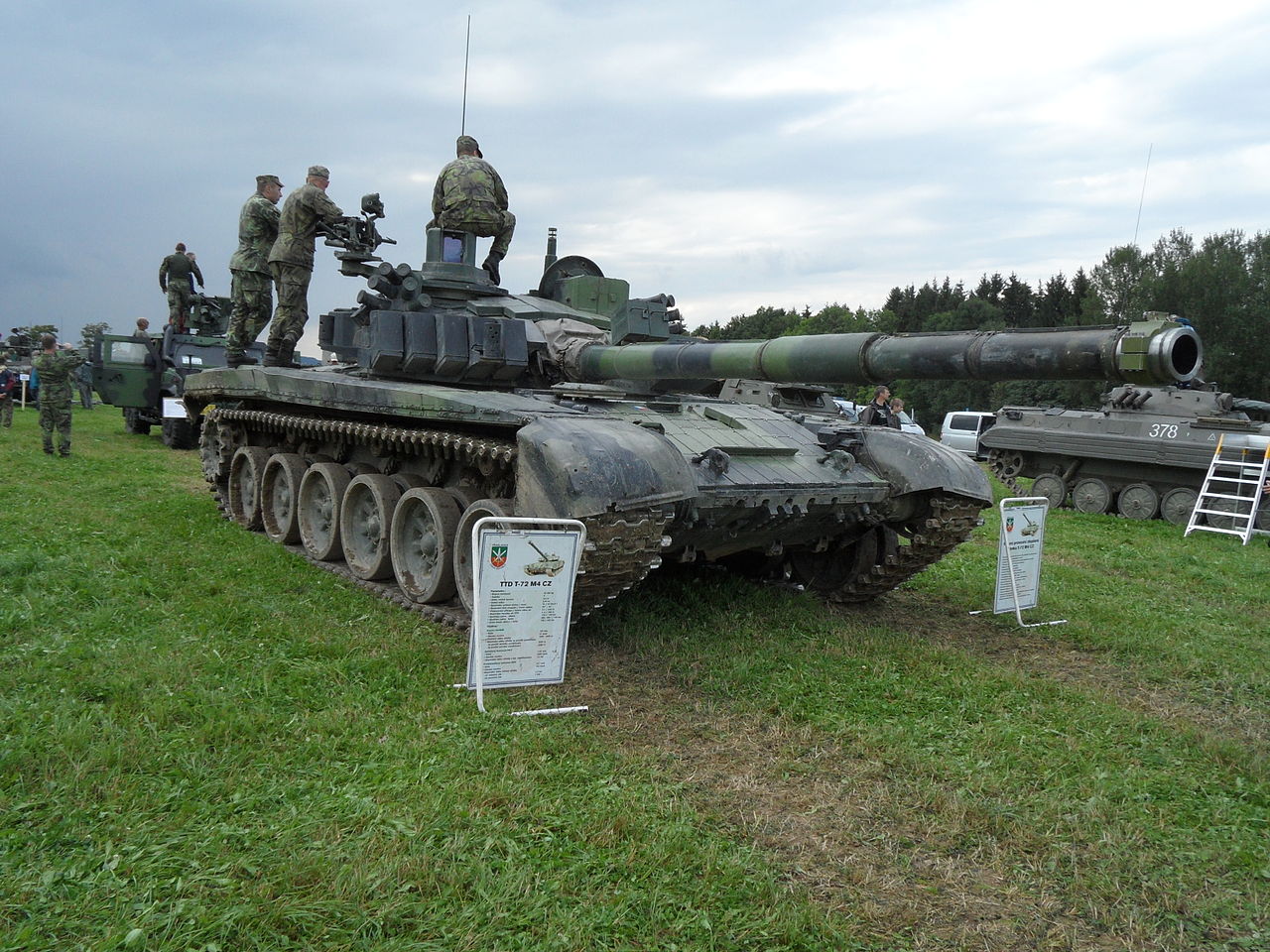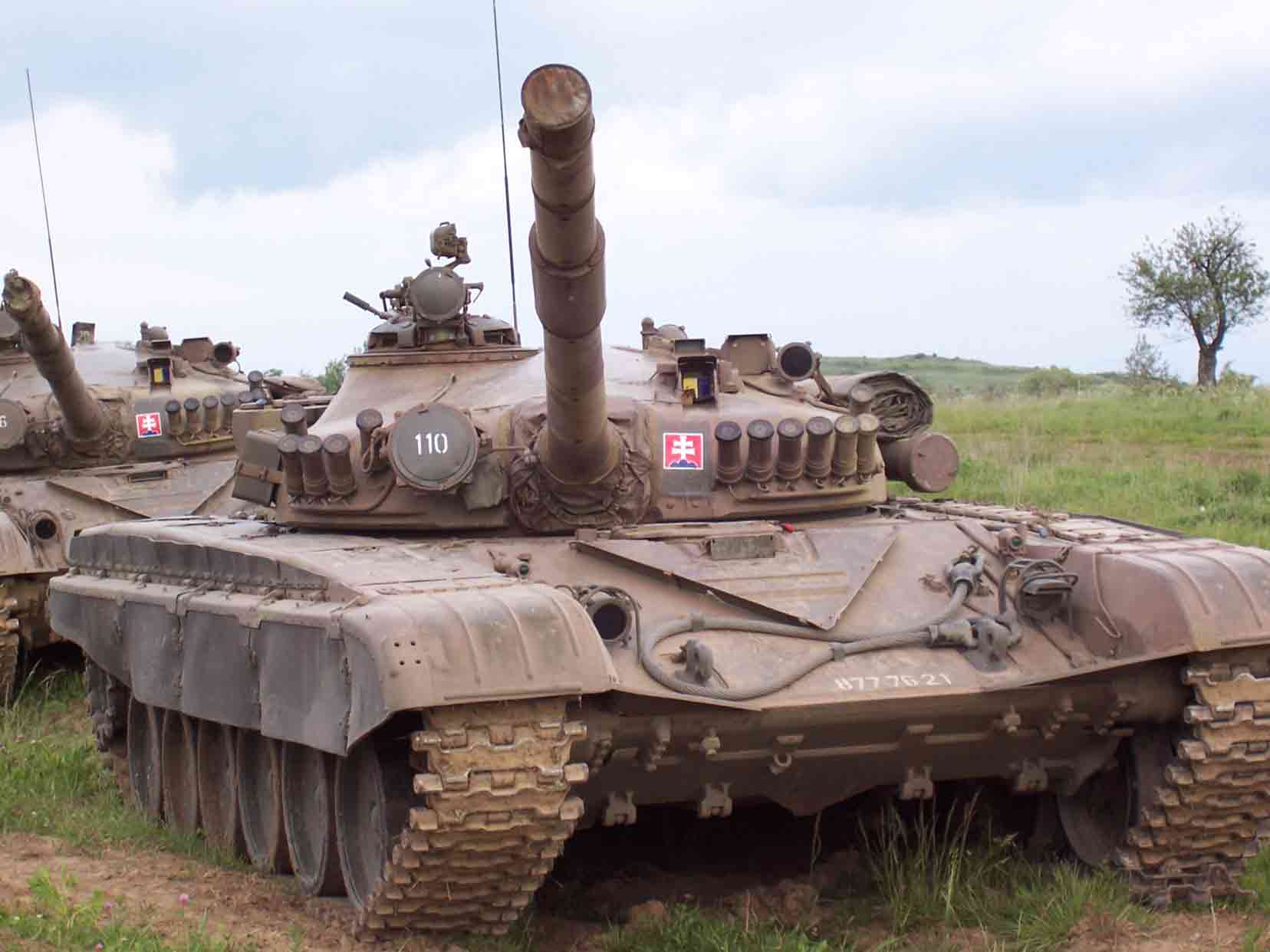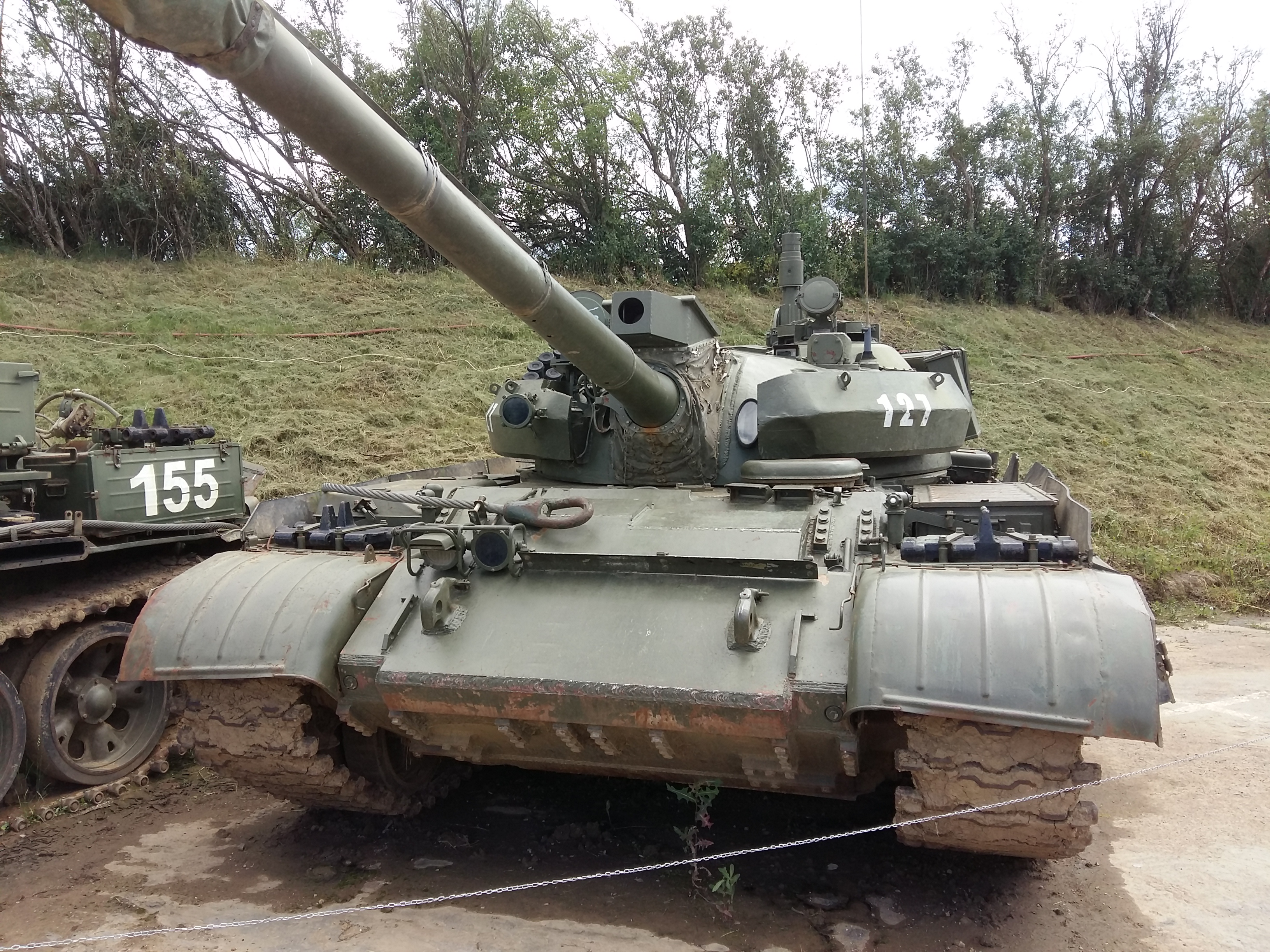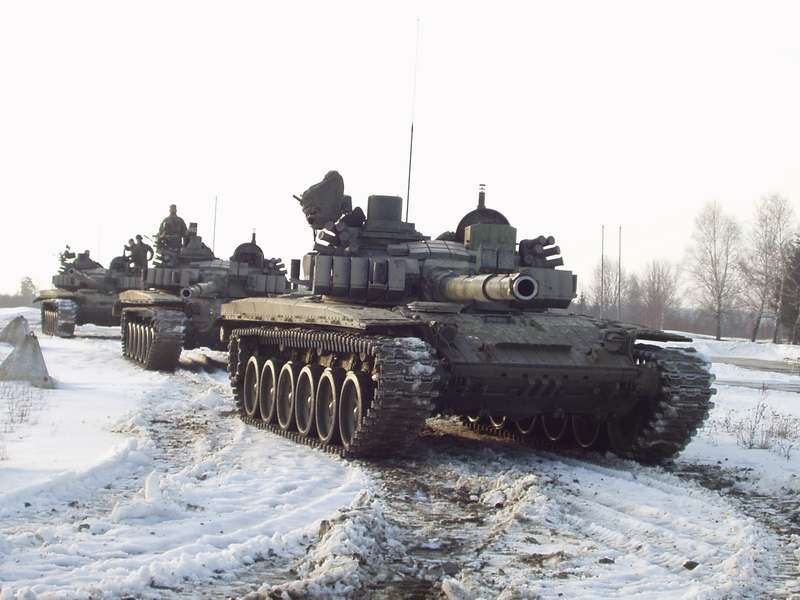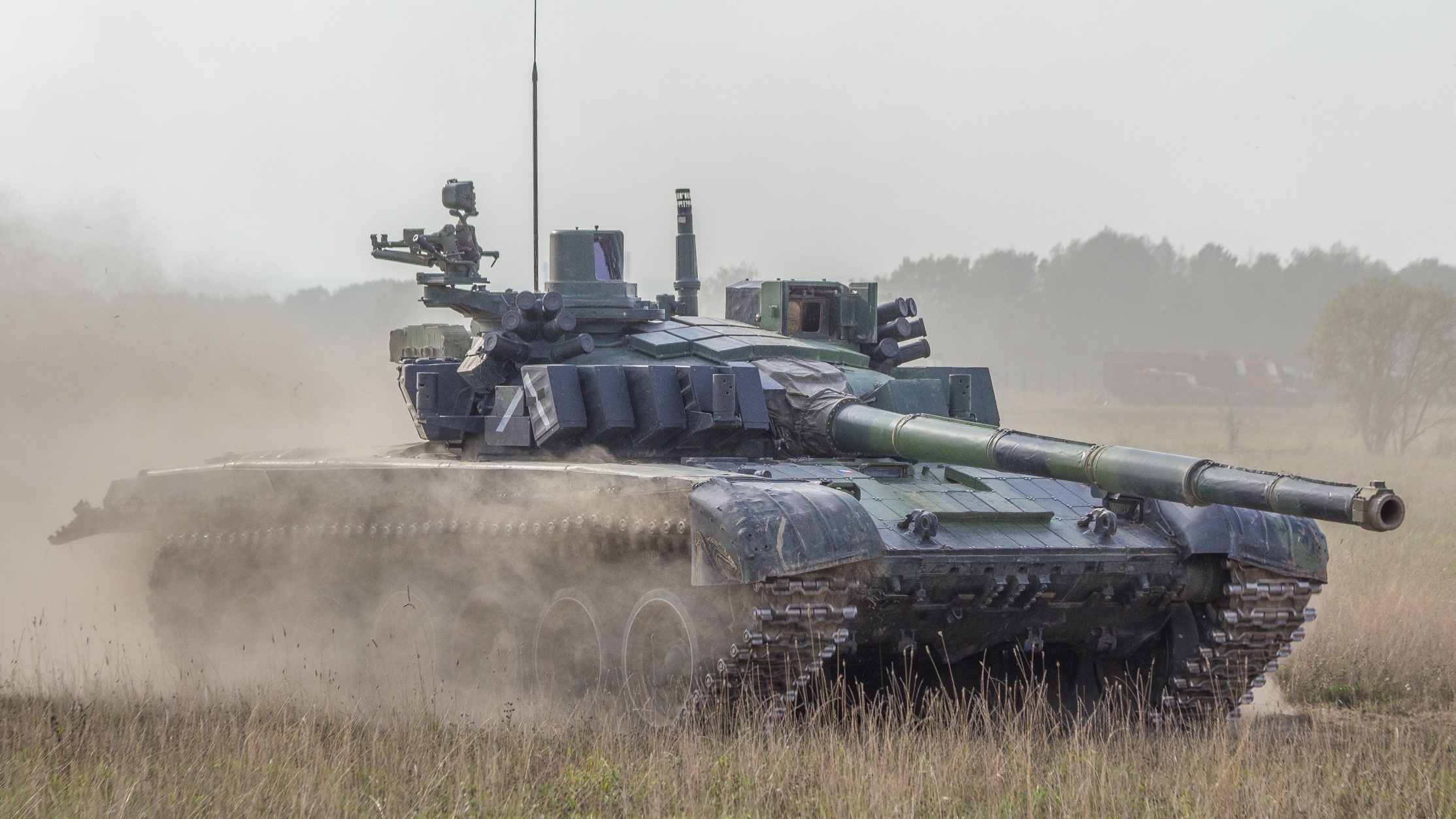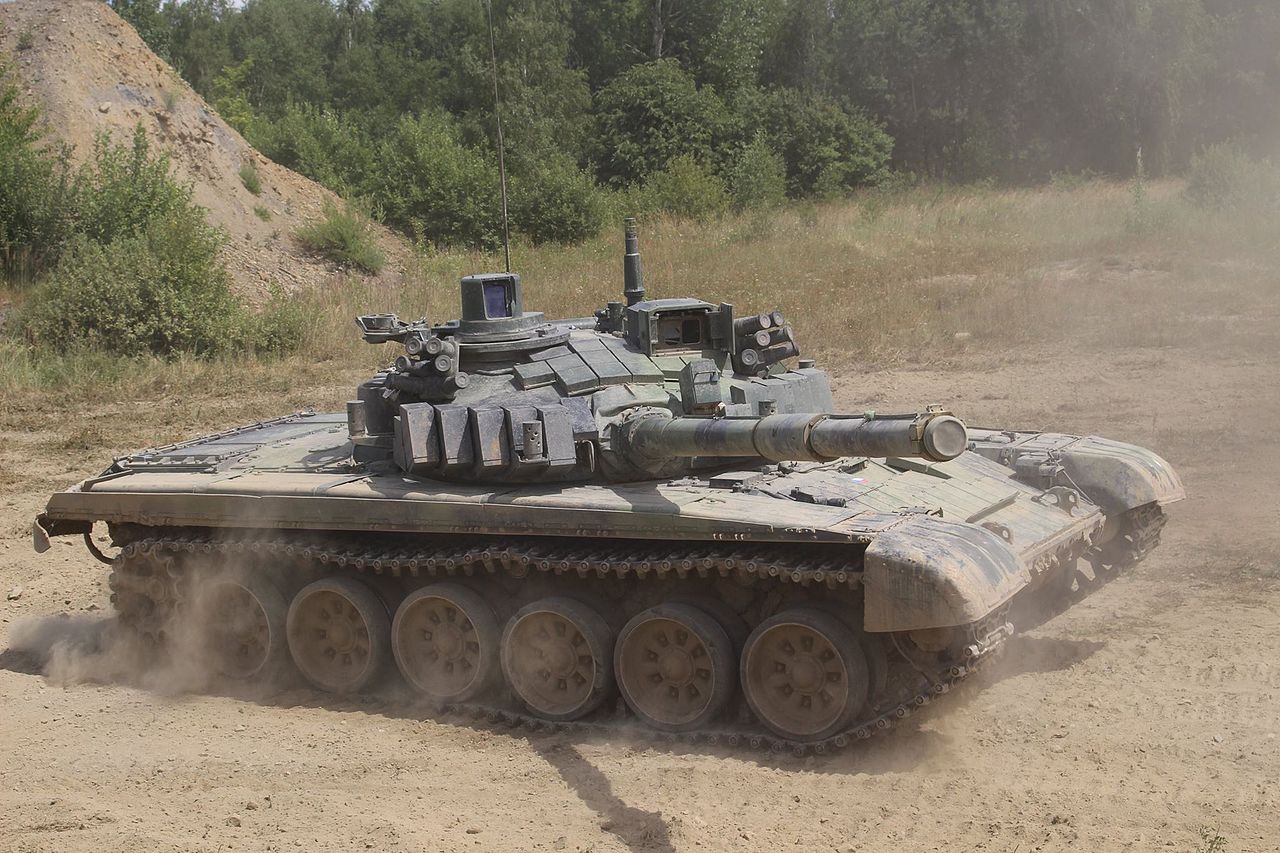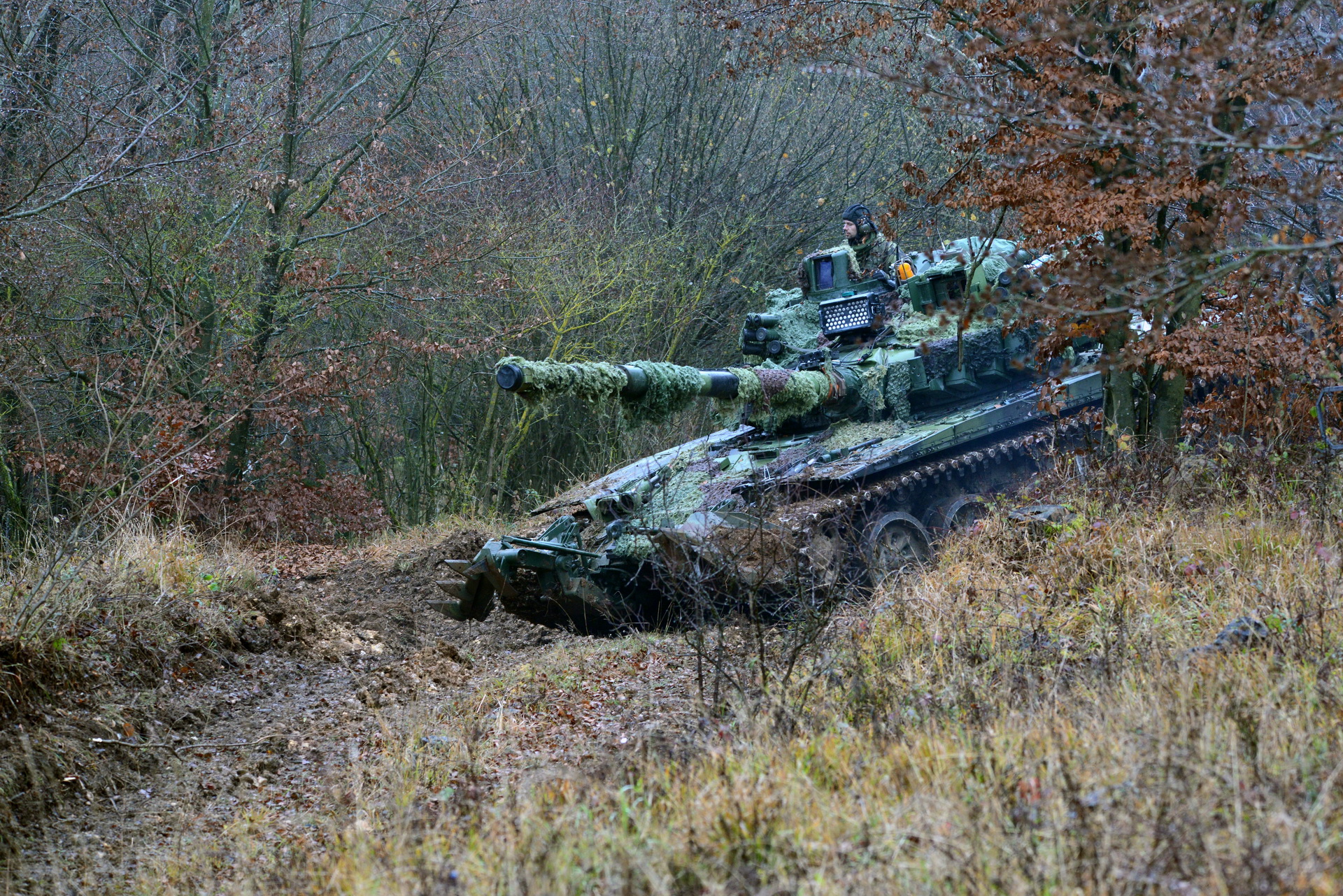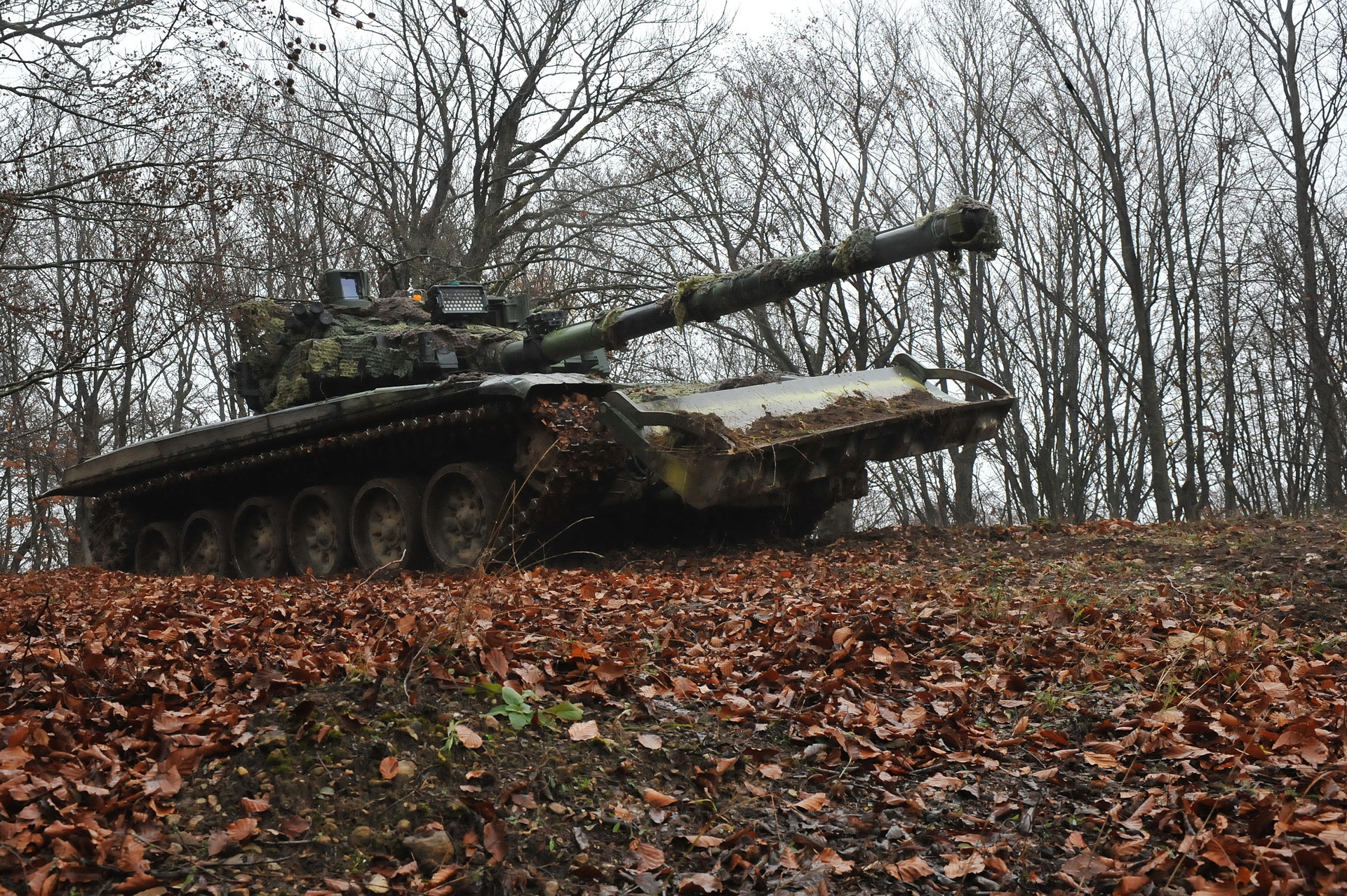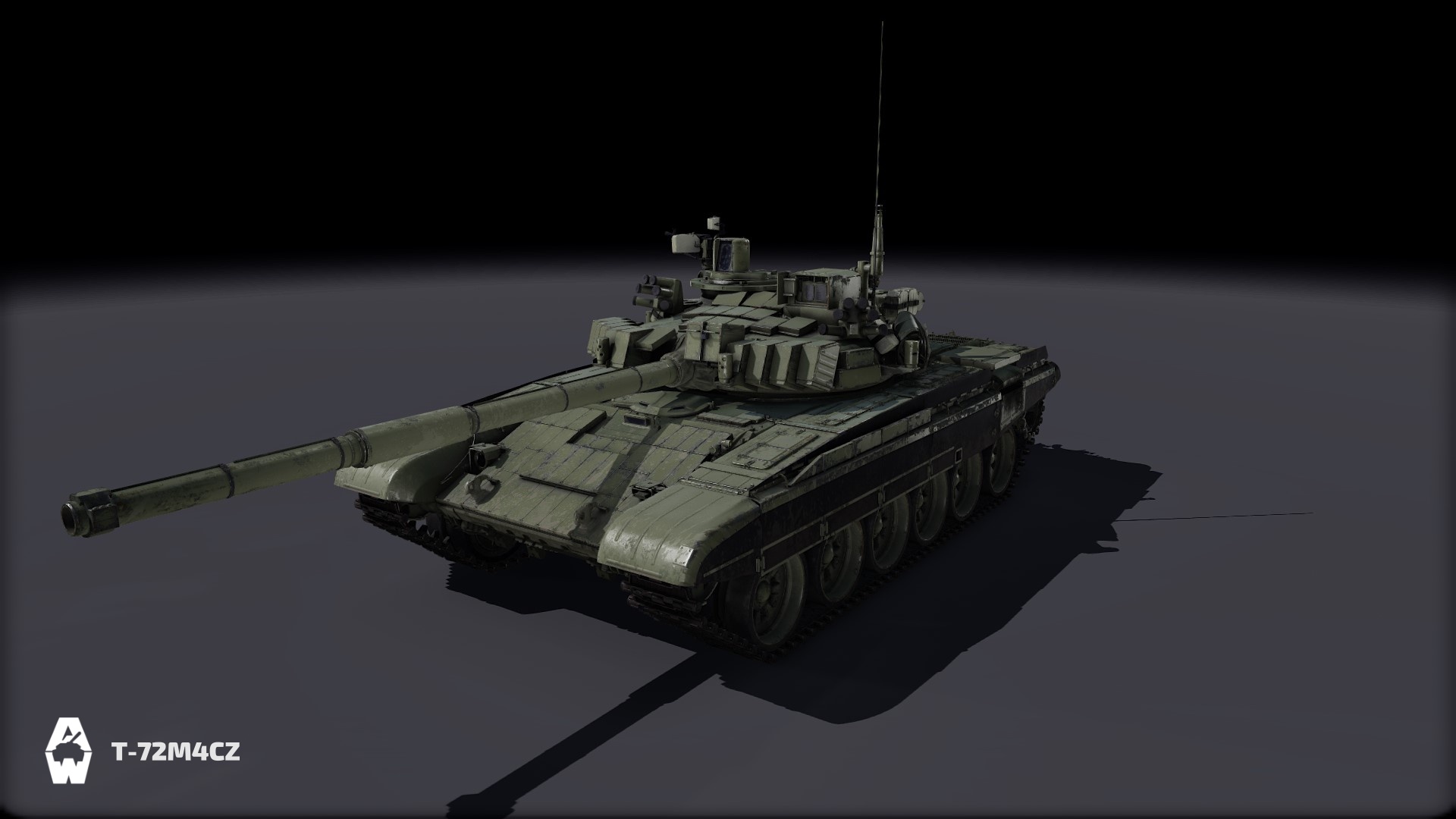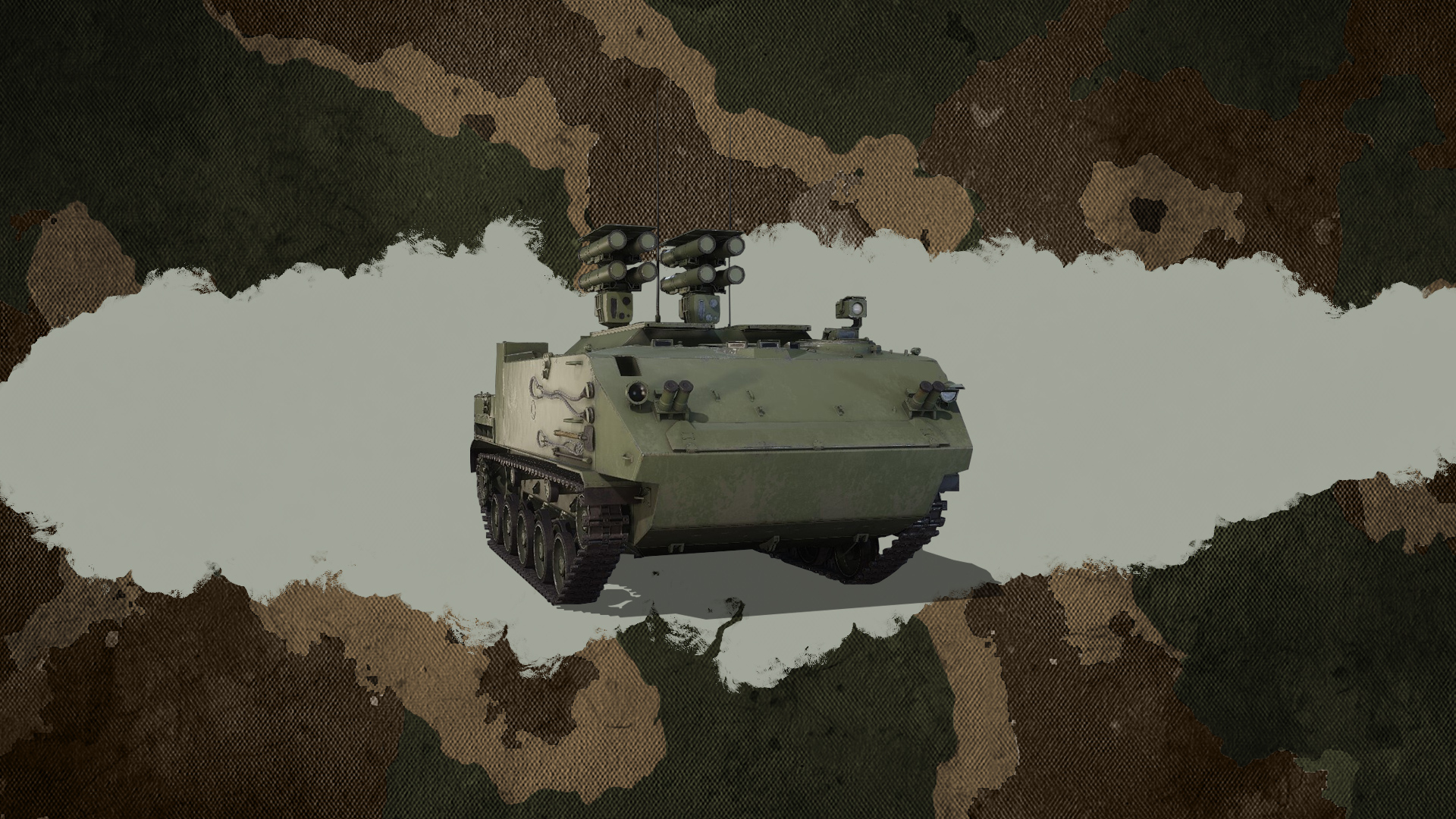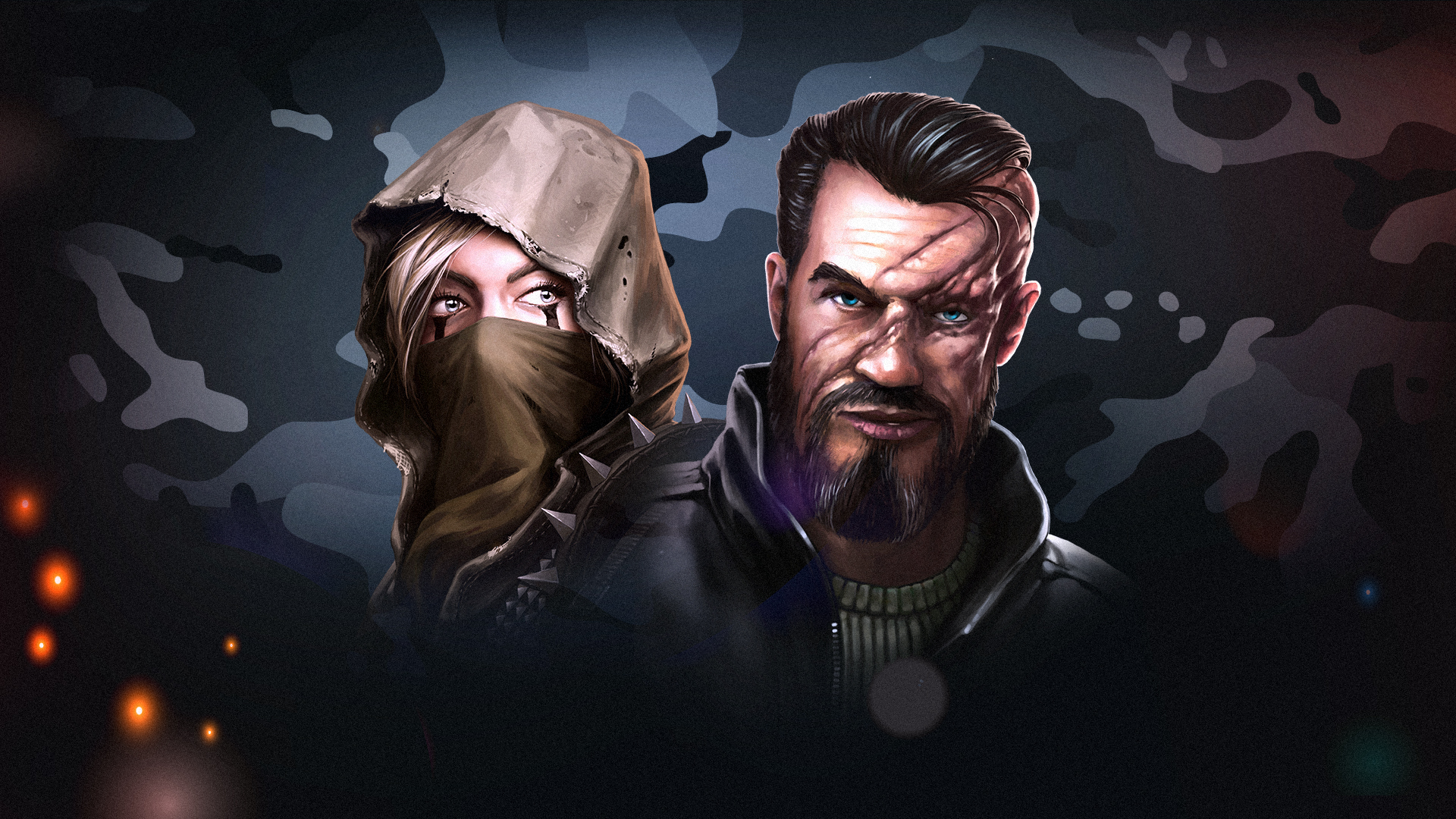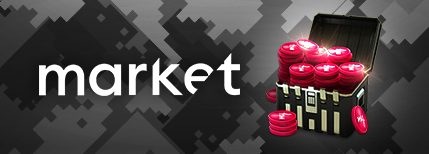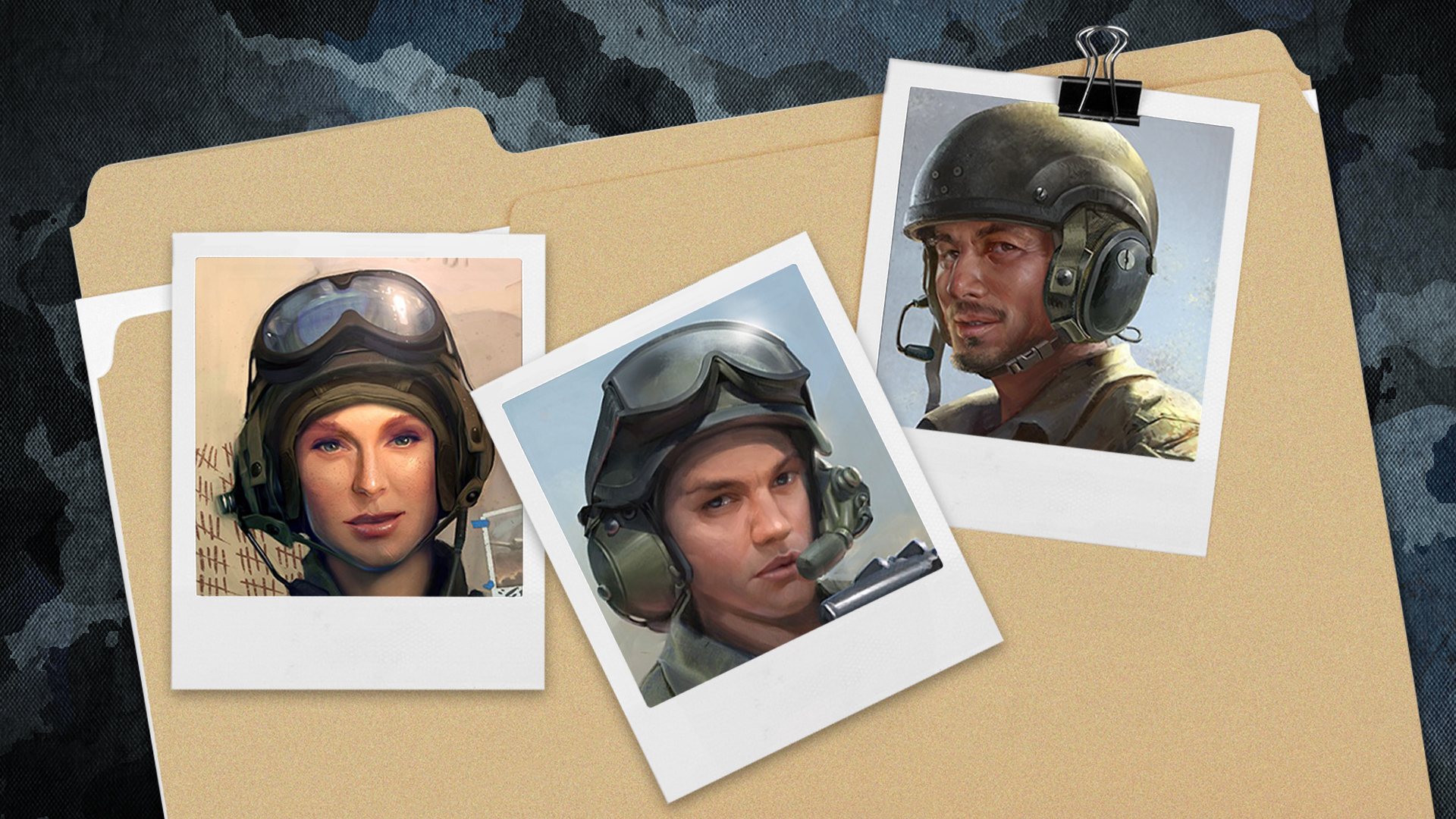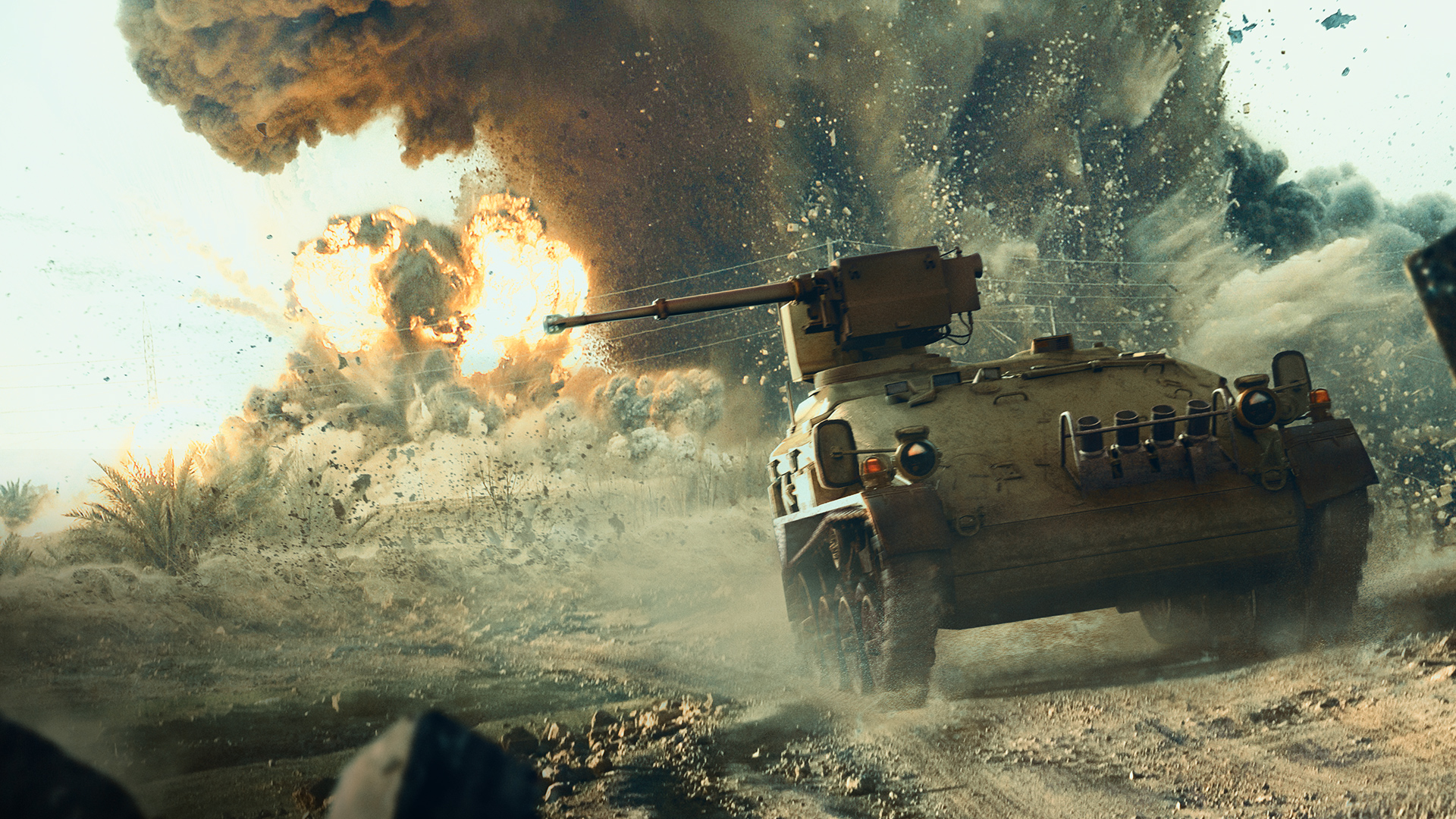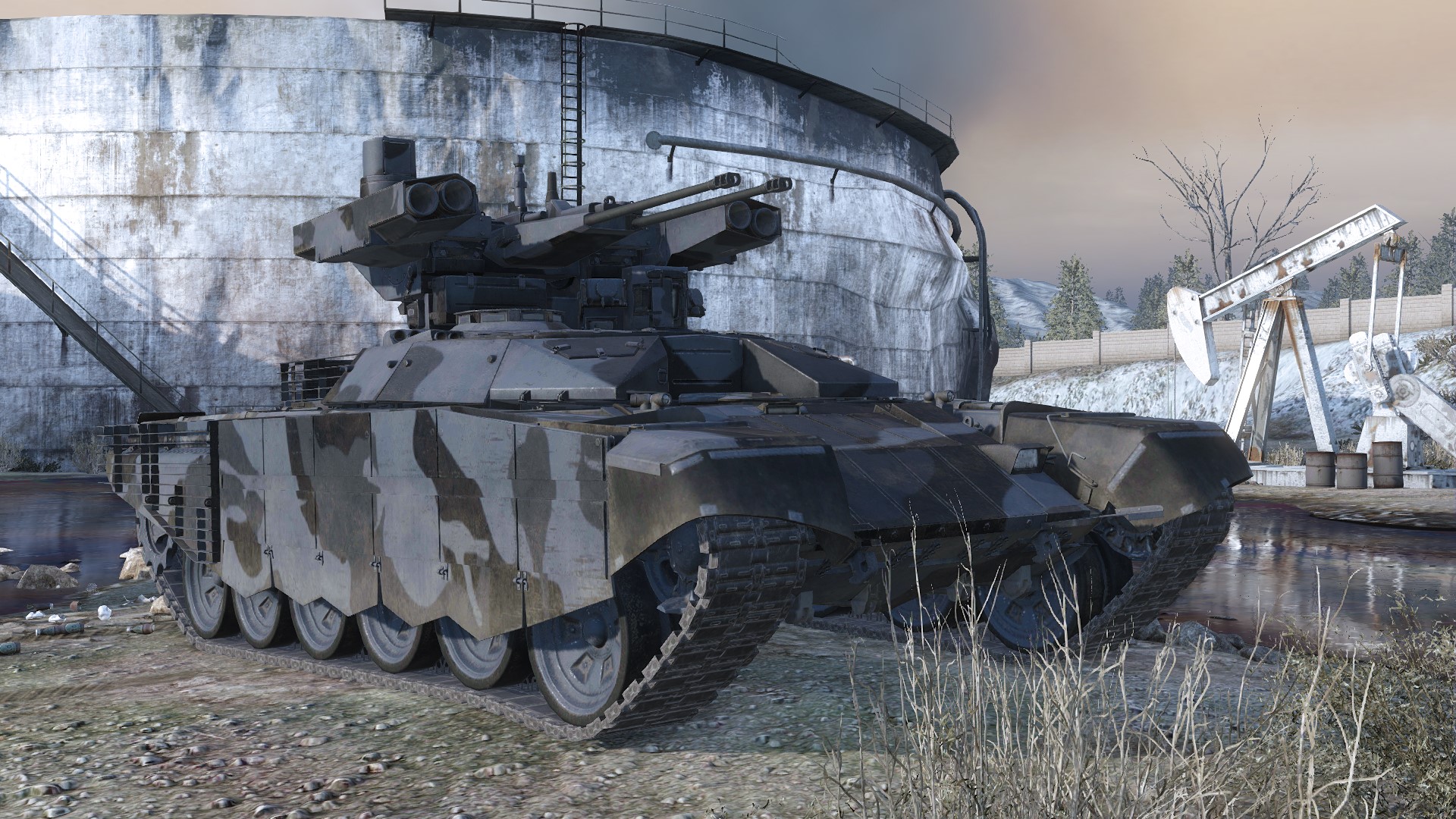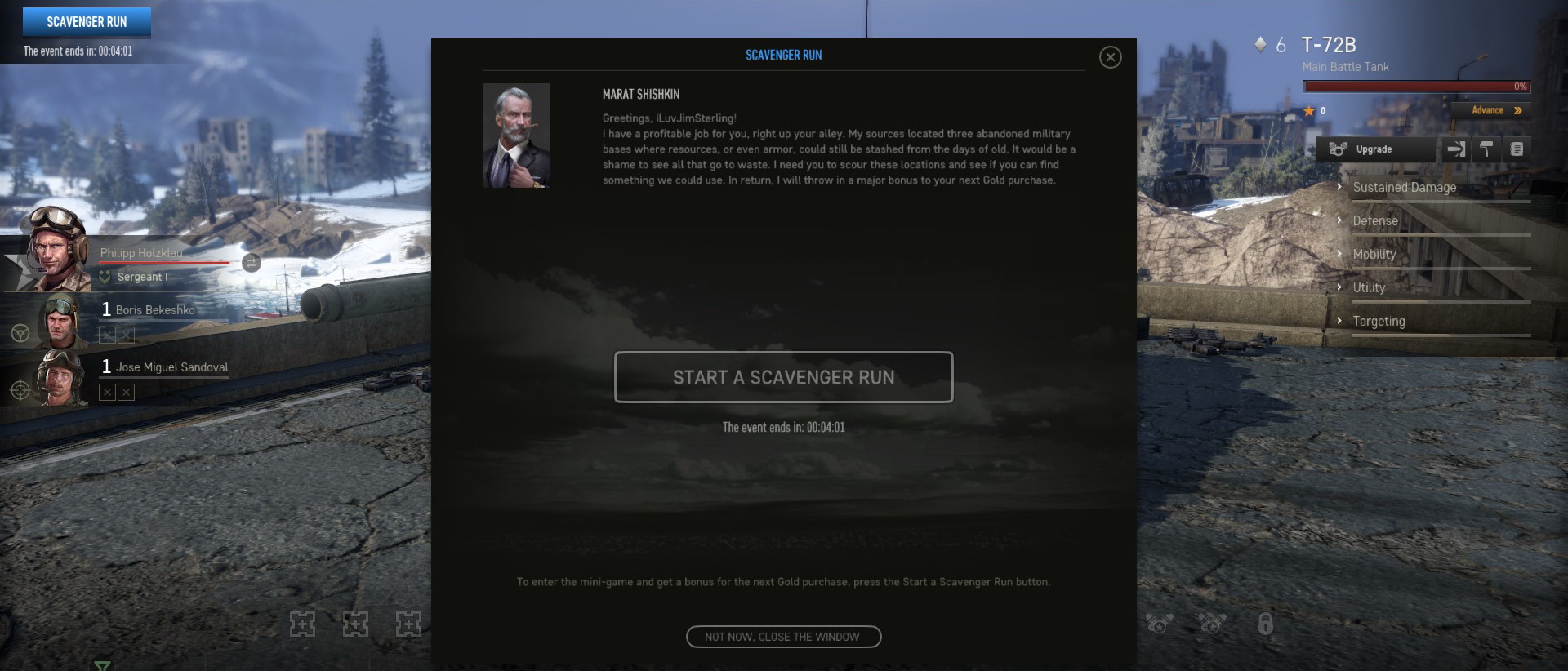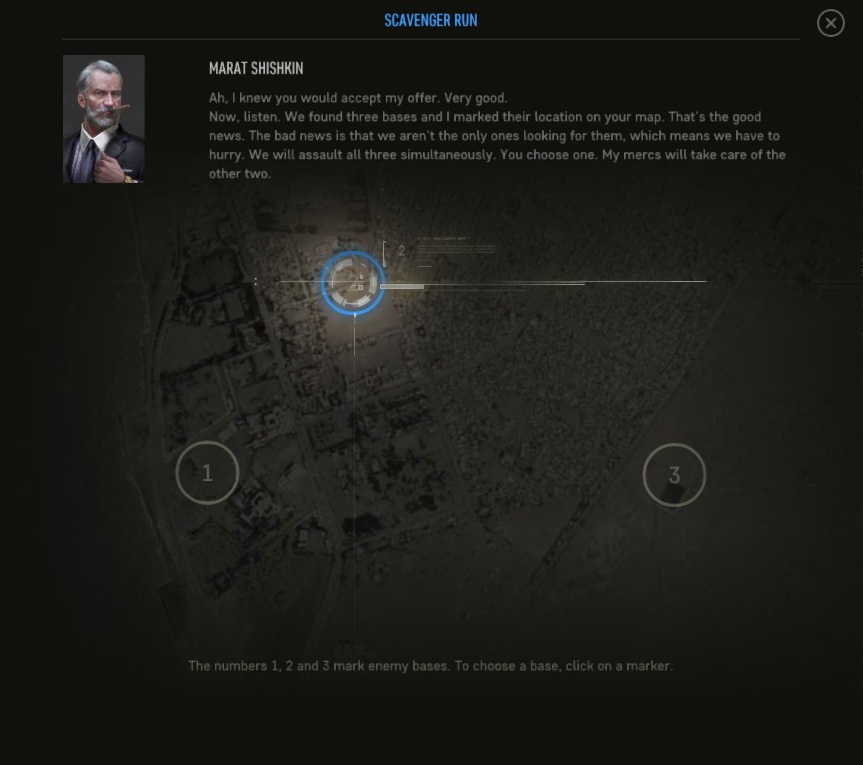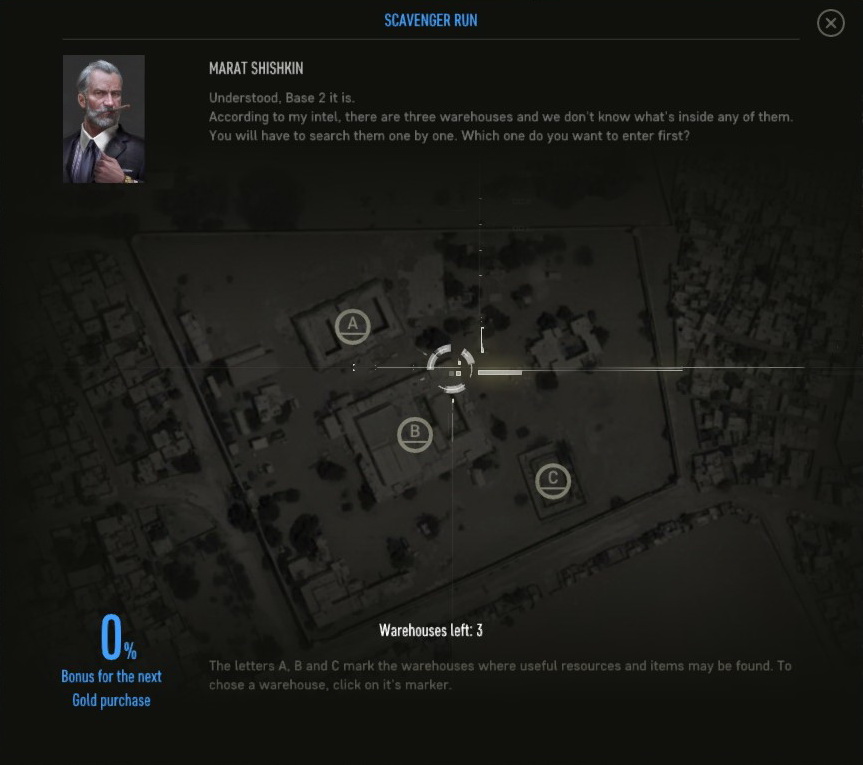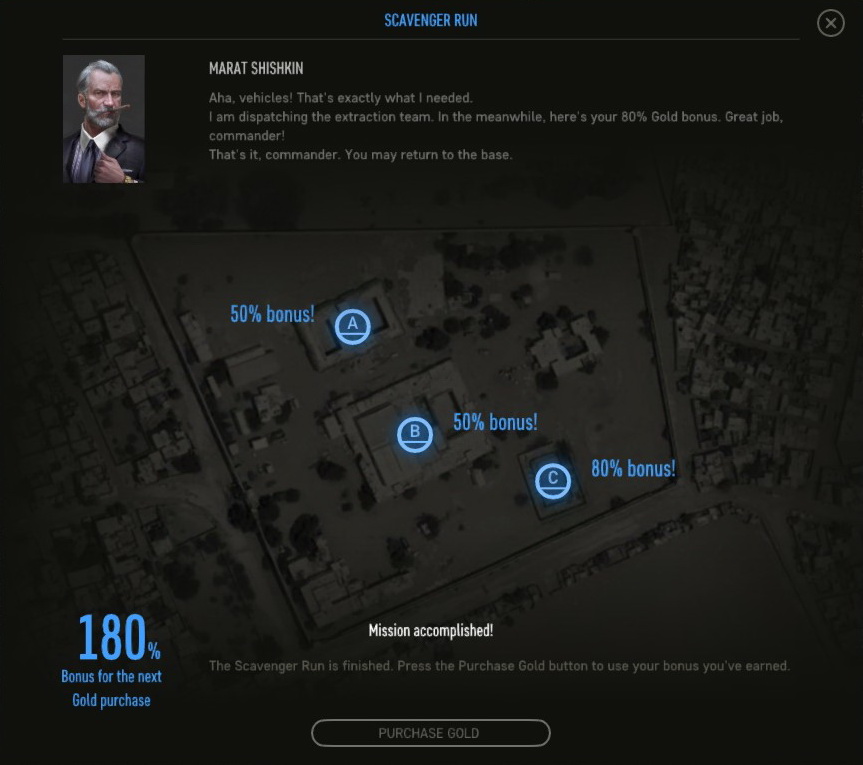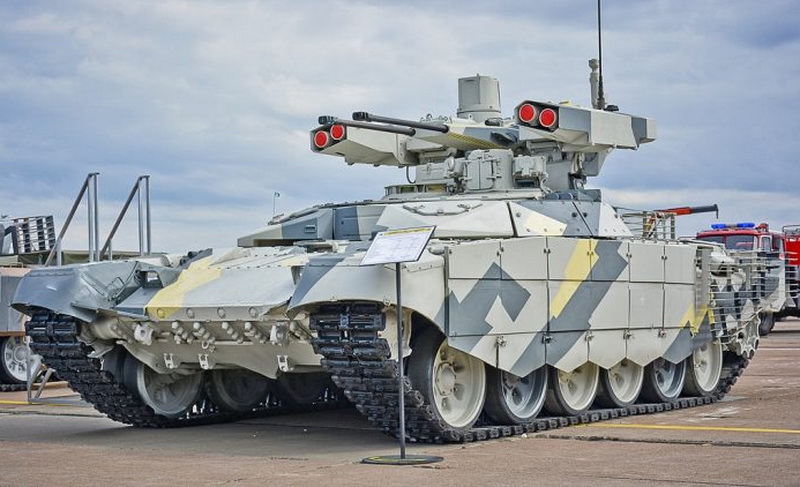
Nov 23, 2021
Armored Warfare - Silentstalker
Commanders!
We’d like to invite you to a special community-driven event organized by Drackenfells and ThePsychoCat. In this event, you’ll be joining a Custom Match in the BMD-4 Tier 6 Armored Fighting Vehicle. The organizers will be driving around in their Wiesels and you’ll be firing at them using 100mm HE ammunition from a pre-determined position. The player with the most damage dealt wins!
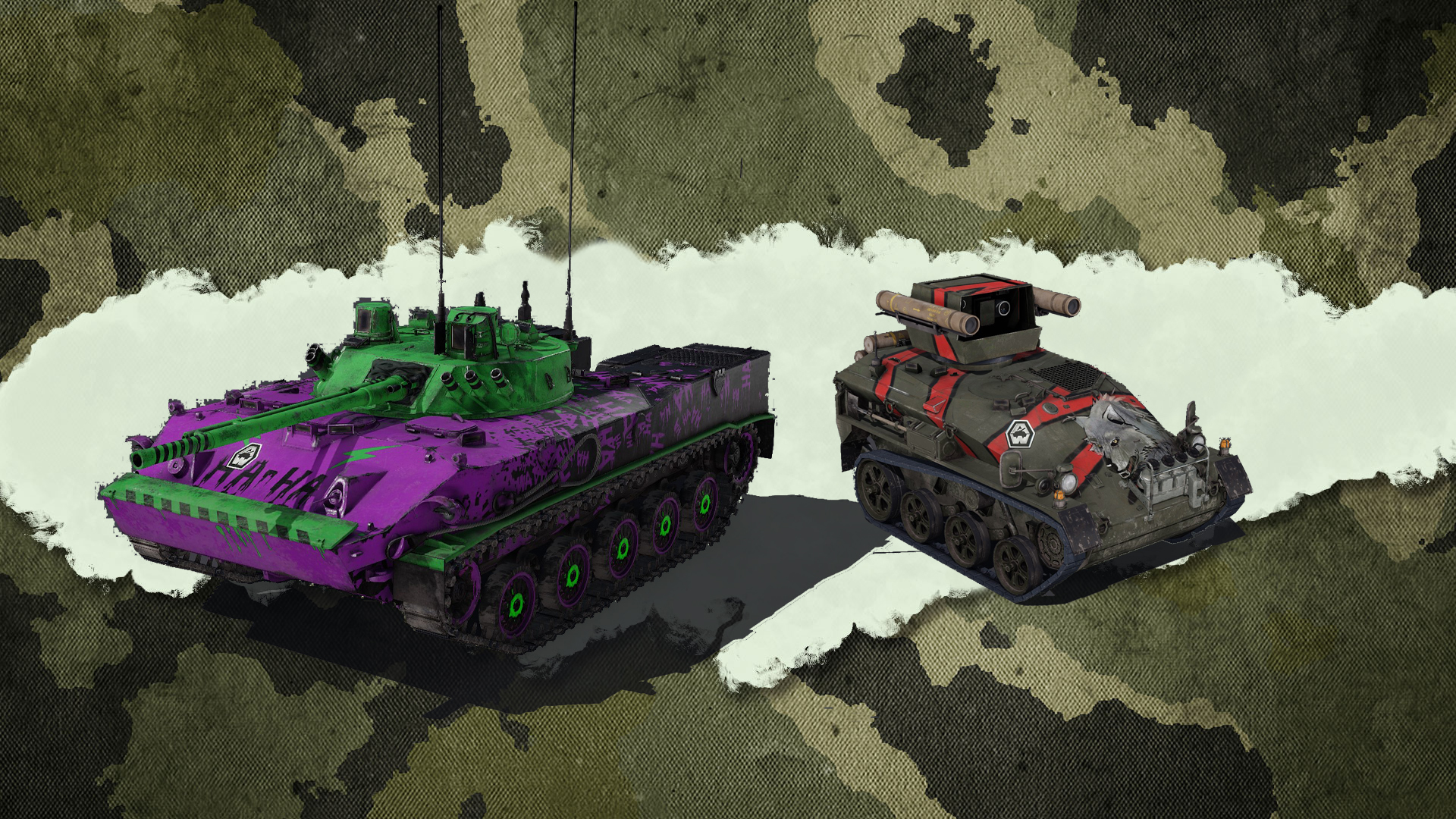
The event will take place on November 26 at 20:00 CET (14:00 EST).
To register to this event, please use this link: https://forms.gle/eT83fFbEjyQsbDhQ6
The following prizes are available:
See you on the battlefield!
We’d like to invite you to a special community-driven event organized by Drackenfells and ThePsychoCat. In this event, you’ll be joining a Custom Match in the BMD-4 Tier 6 Armored Fighting Vehicle. The organizers will be driving around in their Wiesels and you’ll be firing at them using 100mm HE ammunition from a pre-determined position. The player with the most damage dealt wins!

The event will take place on November 26 at 20:00 CET (14:00 EST).
To register to this event, please use this link: https://forms.gle/eT83fFbEjyQsbDhQ6
The following prizes are available:
- First place: Wiesel HOT Wolf Tier 7 Premium TD, Wars of the Past Battle Path access
- Second place: BMD-4 Joker Tier 6 Premium AFV, Wars of the Past Battle Path access
- Third place: Wars of the Past Battle Path access
See you on the battlefield!




